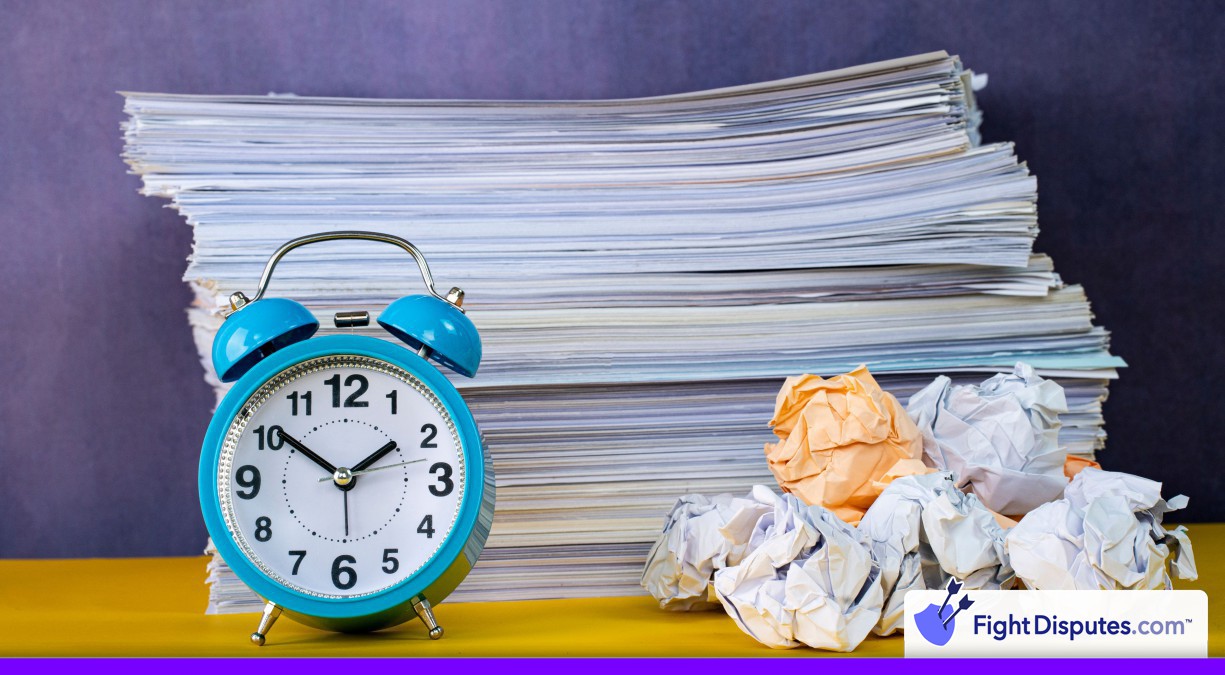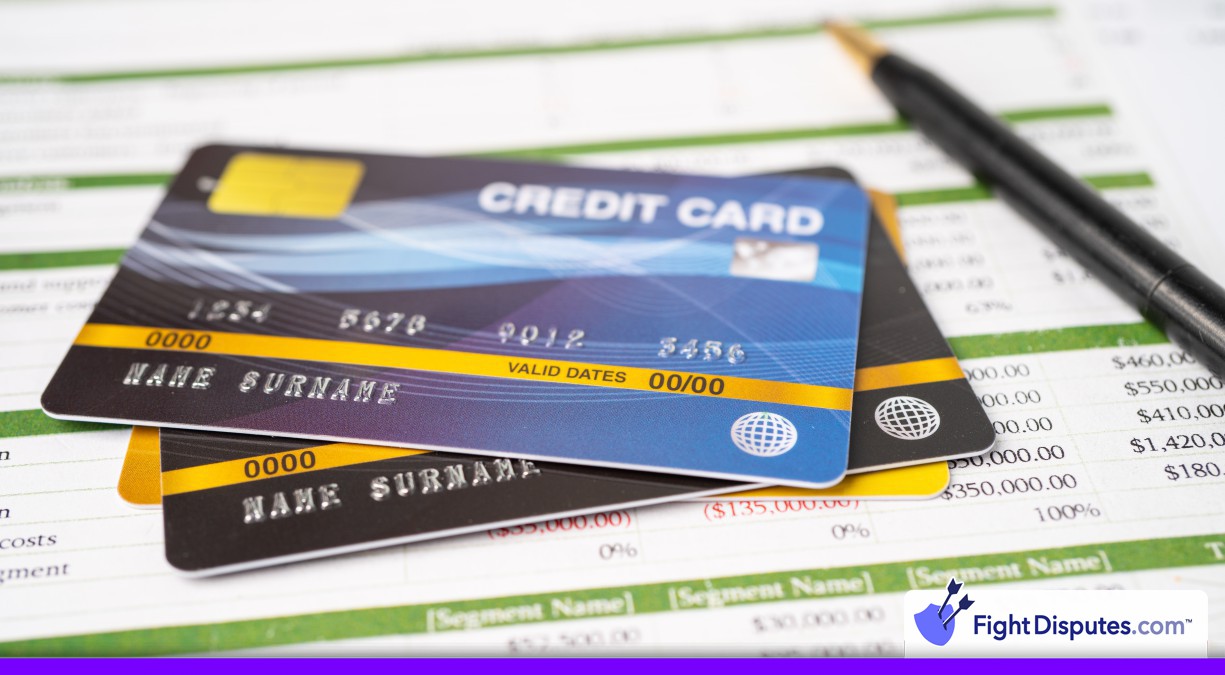DP: Duplicate Processing
The Discover “DP” code is for duplicate processing chargebacks. These drain millions of dollars from merchant accounts every year, and the worst part is that most of these losses are completely preventable. Payment systems sometimes charge customers more than once for the same order and automatically trigger refunds and penalty fees. It’s one of the most common chargeback scenarios out there, but it’s also one of the easiest problems to stop with the right plan.
Duplicate charges appear for a few reasons, and most of them are pretty common once you look at what’s actually going on behind the scenes. Technical glitches cause a chunk of these incidents, and human error still plays a big part in this, too. Sometimes, customers make the situation worse because they become impatient with a sluggish checkout process and click the submit button a few times in a row. Thankfully, AI detection systems have become quite a bit better at catching these duplicate transactions before they turn into big issues for businesses. Modern algorithms are built to find these small data patterns and unusual signs that usually signal that a transaction has been processed more than once. At the same time, automated review tools work continuously behind the scenes to flag transactions that might be suspicious during the 1st processing phase, and improved reconciliation systems help catch any leftover errors that slip through during standard processing checks.
The financial damage extends far beyond the immediate refunds you have to issue. You’re also looking at higher chargeback ratios, processing penalties, and even account restrictions that might hurt your merchant standing. Prevention systems can stop most of these disputes and help customer relationships stay strong while cutting operational costs.
How It Works
Duplicate charges happen pretty frequently, and there are a few different problems that cause them. Sometimes a technical glitch makes your payment system process the same transaction twice without anyone seeing it. Other times, an employee might accidentally hit the submit button more than once during a busy period. The most common scenario is when customers get impatient after an error message and hit the pay button again, unaware that the first attempt already worked.
Customers keep an eye on their credit card statements, so duplicate charges don’t stay hidden for long. When a cardholder sees two identical charges from the same merchant on the same date, they’re usually on the phone with Discover within a day or 2 to report it. Discover gives cardholders 120 days from the original transaction date to file their dispute, so there’s time to catch these duplicate billing mistakes and get them fixed. Discover’s system runs automated checks to see if the charges are actually duplicates. The system looks at details like the transaction amount, date, and merchant info to see if the two transactions match up. If everything lines up and it seems to be a true duplicate, Discover processes what’s called an A/P chargeback to recover the extra amount for their cardholder.
At that point, the merchant has to respond to the chargeback. You’ll receive a notification with all the transaction info and dispute information you need to review. The timeline matters here because you only have a limited window to contest the chargeback if you believe that the dispute is incorrect. Most merchants find it easier to accept legitimate duplicate charge disputes instead of fighting them because the evidence is usually pretty simple.
The tough part is that Discover’s automated detection system occasionally flags transactions that aren’t actually duplicates. Maybe a customer made two separate purchases for the exact same amount on the same day, triggering a false positive.
How it Affects Chargeback Prevention
Duplicate processing chargebacks are tough for merchants, and they hit you in multiple ways at once. Each time a customer disputes one of these duplicate charges, your chargeback ratio creeps up a little bit higher. Payment processors watch that ratio closely, and once it crosses their threshold, they start making your life hard. They’ll either put restrictions on your account or just shut you down completely – neither option is that desirable.
The financial damage piles up quite fast, too. You’ll lose the revenue from that original transaction, and you get charged a chargeback fee that usually falls somewhere between $20 and $100. Then there’s the operational costs of fighting the dispute. Even if you win the case, you’ve already spent time and money on something that should never have existed in the first place.
Customer relationships get damaged when this happens, and the damage gets worse as time goes on. Nobody likes opening up their credit card statement and seeing the exact same charge listed twice, and it doesn’t matter that it was just an honest mistake on your part. Once customers see that duplicate charge, they start asking themselves if there’s something wrong with your entire payment setup, and they get nervous about placing another order with you. What makes this whole mess even more frustrating is when customers jump straight to filing a chargeback or dispute without contacting you first. That puts you right into defensive mode instead of just being able to resolve the issue right away.
The most frustrating part about this whole mess is that duplicate processing chargebacks are completely avoidable. These transactions happen within systems that you actually control. Your payment gateway can automatically catch duplicate transactions before they ever process, your team can learn to see situations where a payment may have already gone through, and you can build error messages that actually explain to customers what just happened instead of leaving them confused at your checkout page.
Example Scenarios
Most retailers have run into this situation before. A customer tries to buy something on your website, and an error message pops up at checkout. The payment looks like it failed, so they try again – this causes a big mess because the first payment actually went through even though the error message said otherwise. Now you’ve charged the same customer twice for one order.
Duplicate charges happen constantly. Maybe your payment processor has a hiccup, or your website times out at the worst possible time. A few days later, the customer checks their bank statement and sees two identical charges from your store. They get annoyed and call their bank to dispute what looks like an extra charge, and now you have a chargeback that didn’t need to happen.
Physical stores have this same problem during in-person sales. A cashier swipes a customer’s credit card, but the payment terminal freezes. After 30 seconds with no response, they cancel the transaction and try again on a different register, and each payment slips through in the background. But only one receipt prints. The customer leaves happy – they don’t know anything went wrong until they see the duplicate charge on their statement later.
The most frustrating part about these duplicate payment problems is that they’re completely avoidable with just a few basic fixes to your system. Most payment systems will let you set up automatic safety checks that can catch possible duplicate transactions when they happen within the same short time frame. You can also program your error messages to tell shoppers to wait before they try to pay again.
Requirements and Timeframes
Discover gives you 120 days from the original transaction date to get together all your evidence once they hit you with a duplicate processing chargeback. That might sound fairly easy. But it quickly turns into a giant headache for record-keeping. Most merchants wind up having to save every transaction log and customer email for at least 4 months after each sale.
The evidence laws for DP disputes are very strict. You’ll need to give the original transaction authorization along with any processing records that followed it. Discover wants to see solid proof that each charge was intentional and completely authorized on its own. Customer communication matters at this point because even a short email where the customer confirms the charges can completely save your case.
Once you get that dispute notification, the clock starts ticking. Most merchants only get between 10 and 20 days to respond with all their records. Miss the deadline by even 1 day and you lose immediately – it won’t matter if you have perfect evidence that proves your case.
The big challenge comes from trying to pull together all this information as you’re still running the business day to day. You need a system that saves all your transaction logs and flags possible duplicates before they turn into disputes. Some merchants set up alerts for any transactions that look similar within a 24-hour window so they have time to catch mistakes or double-check with customers that multiple charges were actually intentional.
Frequently Asked Questions
How quickly should I respond to a DP chargeback?
ASAP. A duplicate processing chargeback notification usually gives you 10 to 20 days to send in your evidence. Speed matters with these timelines. Processing a refund before the chargeback is completely processed lets you skip the whole dispute. Wait too long and the bank will assume you're taking full responsibility - and they'll tack on extra penalty fees.
The smartest plan is to map out your response well before any chargeback notices hit your inbox. Make sure that everyone knows who on the team takes care of these disputes and what paperwork you'll need to pull together. Set up email alerts so important messages don't sit unopened for days.
A customer hitting the submit button twice by accident doesn't automatically get you off the hook with the bank. Banks expect merchants to have tools that stop duplicate charges, no matter how they happen. Your checkout flow needs to be sharp enough to find these extra submissions before they become finished transactions.
Showing that the customer knowingly submitted more than one charge and that you had basic fraud filters running makes your case much stronger. Keep records of your duplicate-prevention tools and other protections. Let the bank see that your payment flow includes error messages, confirmation screens, and validation steps.
What evidence do I need to fight a DP chargeback?
Duplicate processing disputes land on your desk, and you're going to need strong evidence to defend your case. Merchants almost never win these disputes without proof that each charge was intentional and was actually a separate transaction.
Your transaction logs are going to be your strongest weapon in this fight. You'll need to show the exact timestamps and amounts for each separate charge. But that's just the start of what you'll need to pull together.
Saying these were legitimate separate transactions means you have to back it up. You'll need to show that you actually delivered services or goods for each charge. Customer communications can be helpful here - especially any messages where they agreed or said yes to multiple purchases.
System logs are also important pieces of evidence that you can't afford to miss. They need to show that you had the right technical controls in place to stop duplicate charges from happening by accident - this tells the card networks that you take duplicate processing seriously and have active measures in place to stop it.
The tough part is that unless you can obviously prove that a customer meant to make two separate purchases, then you'll probably lose the dispute. Card networks usually side with customers here because duplicate processing usually comes from technical errors.
Your best defense actually starts long before any dispute shows up. Keep your records well-organized and easy to reach so you can pull the evidence that you need without delay.
How do DP chargebacks affect my merchant account standing?
Duplicate payment problems can hit any business without warning, and it doesn't matter how careful your systems are. What usually happens with most merchants is that these problems come from small gaps in the payment processes instead of actual system failures. The nice part is that once these duplicate sources are identified, some easy protections can be put in place to avoid them.
Most merchants who run into big chargeback problems are actually the ones who had no clue anything was wrong until customers got upset or dispute notifications seemed to be in their inbox every day.
What makes this even worse is that these chargebacks count toward the chargeback ratios that payment processors watch. When there are lots of these cases, it signals weak payment controls and can trigger account reviews, increased reserves, higher transaction fees, or account termination. Payment processors don't like these disputes because they see them as completely preventable with the right systems in place. Patterns of duplicate payments can even flag merchants for possible fraud investigations (even when the duplicates were completely accidental), which makes it important to fix the underlying system or staff errors to protect merchant account status and avoid damage to payment processor relationships.
 Call (844) NO-DISPUTES
Call (844) NO-DISPUTES




